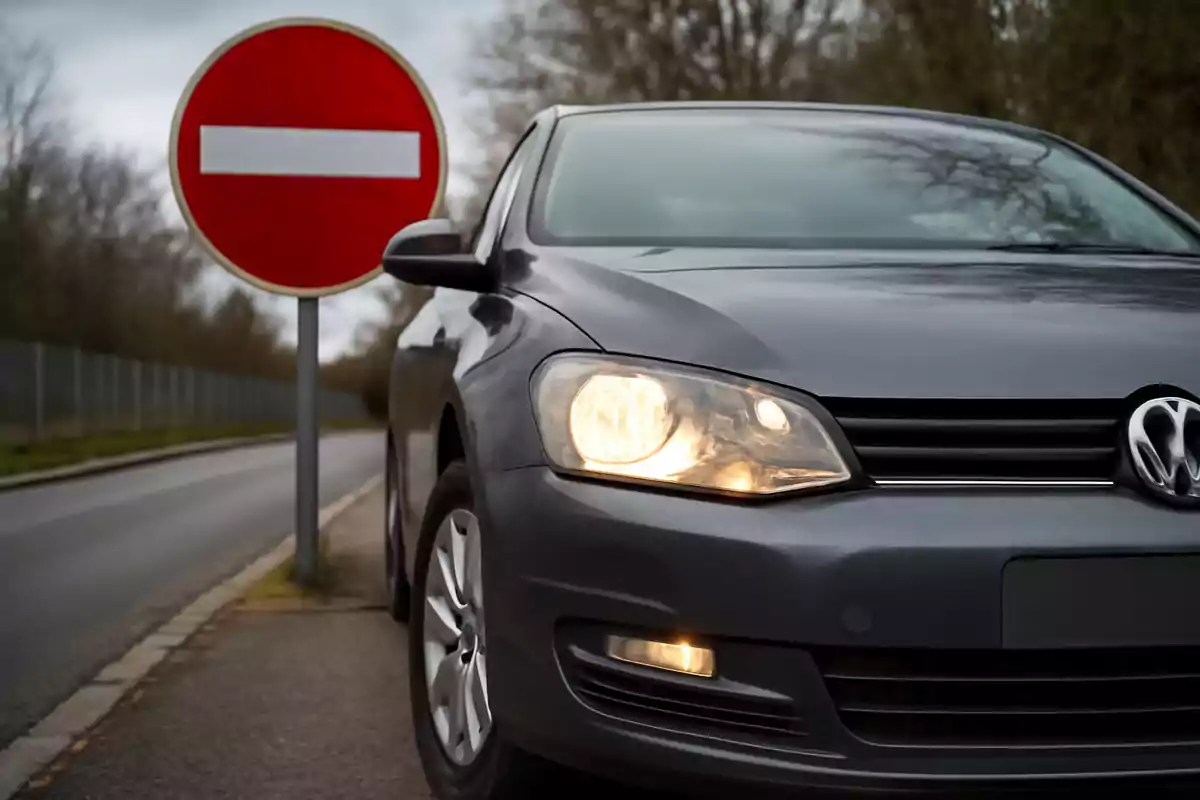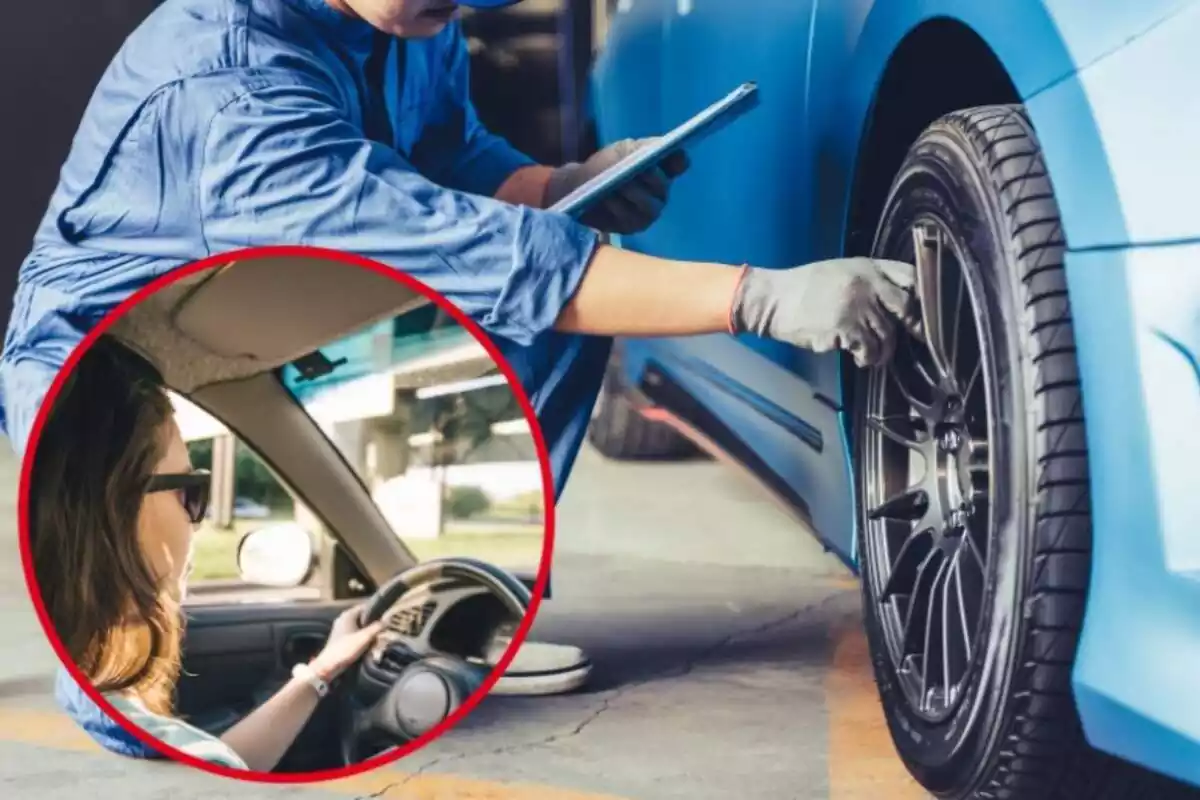Changing a car's tires may seem like a simple procedure, but it's actually one of those decisions that directly affect safety. Many drivers hesitate between putting the new tires on the front or the rear, convinced that logic indicates they should reinforce the axle that steers and drives the vehicle. The question comes up repeatedly in repair shops, on forums, and among friends who share opinions about what seems like a minor detail.
However, road safety specialists are clear: new tires should always go on the rear. It doesn't matter whether the vehicle is front-wheel or rear-wheel drive, the recommendation remains the same. The reason has to do with how the car reacts in critical situations, when stability depends solely on a minimal strip of contact with the asphalt.

Why should new tires go on the rear of the car?
Putting new tires on the rear isn't a whim, but a measure to increase stability. The rear axle bears less load than the front, and in tight turns or emergency braking it's more likely to lose grip. That's why reinforcing it with tires in good condition reduces the risk of dangerous skidding.
In addition, if the rear wheels lose traction, there's no way to correct it with the steering wheel. On the other hand, if the sliding occurs at the front, there's still some control. For this reason, keeping the new tires on the rear provides an extra margin of safety when the car faces a critical situation.
Another key aspect is hydroplaning. New tires have deeper grooves that expel water more efficiently. If they're placed on the rear, the likelihood of the vehicle floating over puddles and completely losing stability decreases.
What happens with all-wheel drive cars?
In vehicles with all-wheel drive, the situation changes. Here, the basic rule is that all four tires must match in diameter, since the central differentials work to balance power between axles. If only two are replaced, differences in rolling occur that can end up damaging the mechanical system.

The solution recommended by manufacturers is to replace all four tires at once. In addition, it's advisable to rotate them periodically, every 6,000 mi. (9,600 km) approximately, so that wear is uniform. This ensures optimal performance and prevents the investment in safety from turning into a greater expense due to breakdowns.
Mixing new and old tires not only affects comfort, but also puts stability at risk. Even in vehicles with two driven wheels, differences in wear cause imbalances and loss of control. In all-wheel drive cars, the effect is even more serious, because it puts unnecessary strain on the transmission system.
Maintenance as a key to safety
Taking care of tires isn't just about changing them when they're already at the limit. Experts advise monitoring tread depth and not waiting until it drops below the legal minimum to replace them. It's also important to check for cuts, cracks, or deformations, which can compromise their performance even if they appear to be in good condition.
Another determining factor is pressure. Driving with tires inflated below or above the recommended level increases wear, raises fuel consumption, and reduces braking effectiveness. The same goes for alignment and balancing: if they're out of adjustment, the vehicle can lose steering precision and the tires will deteriorate prematurely.

